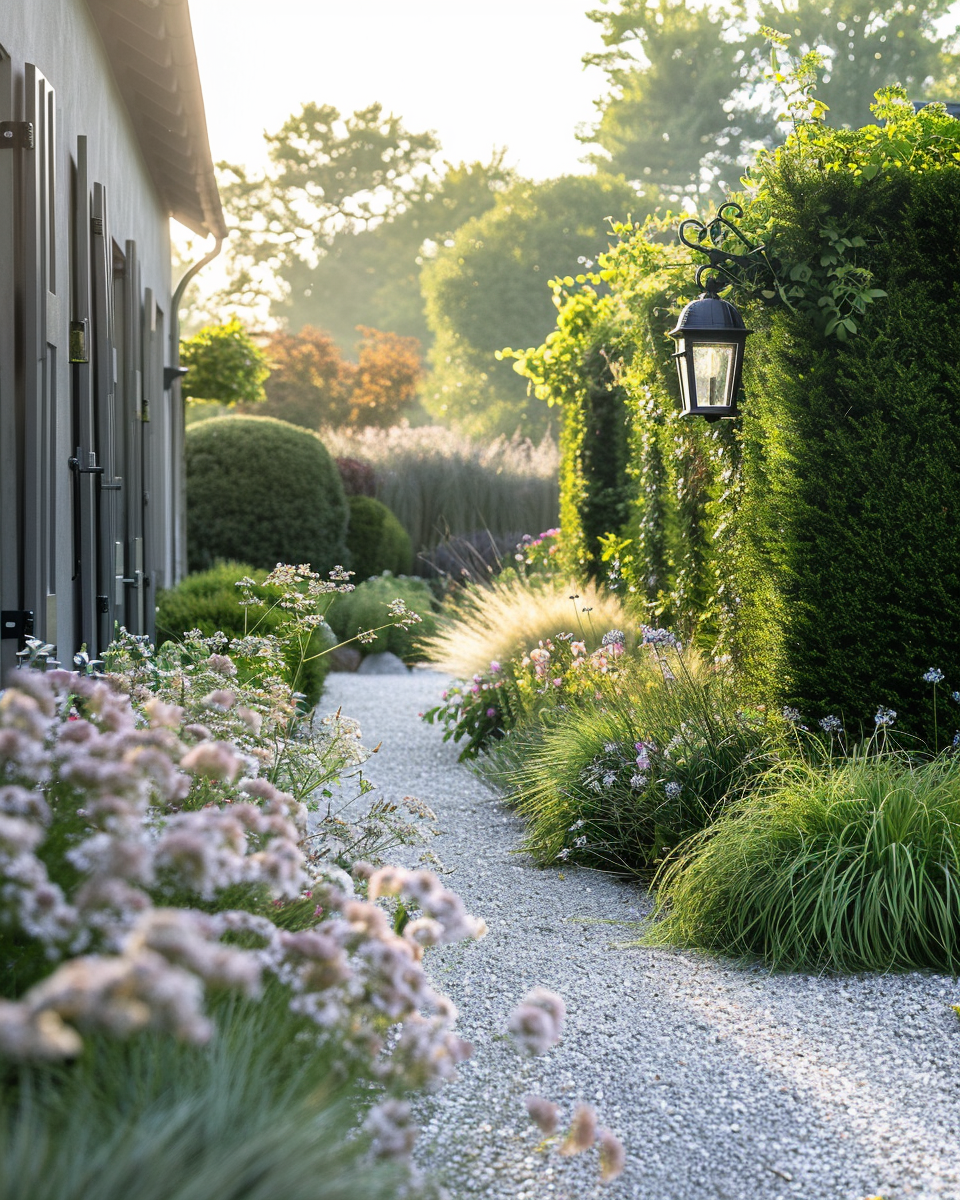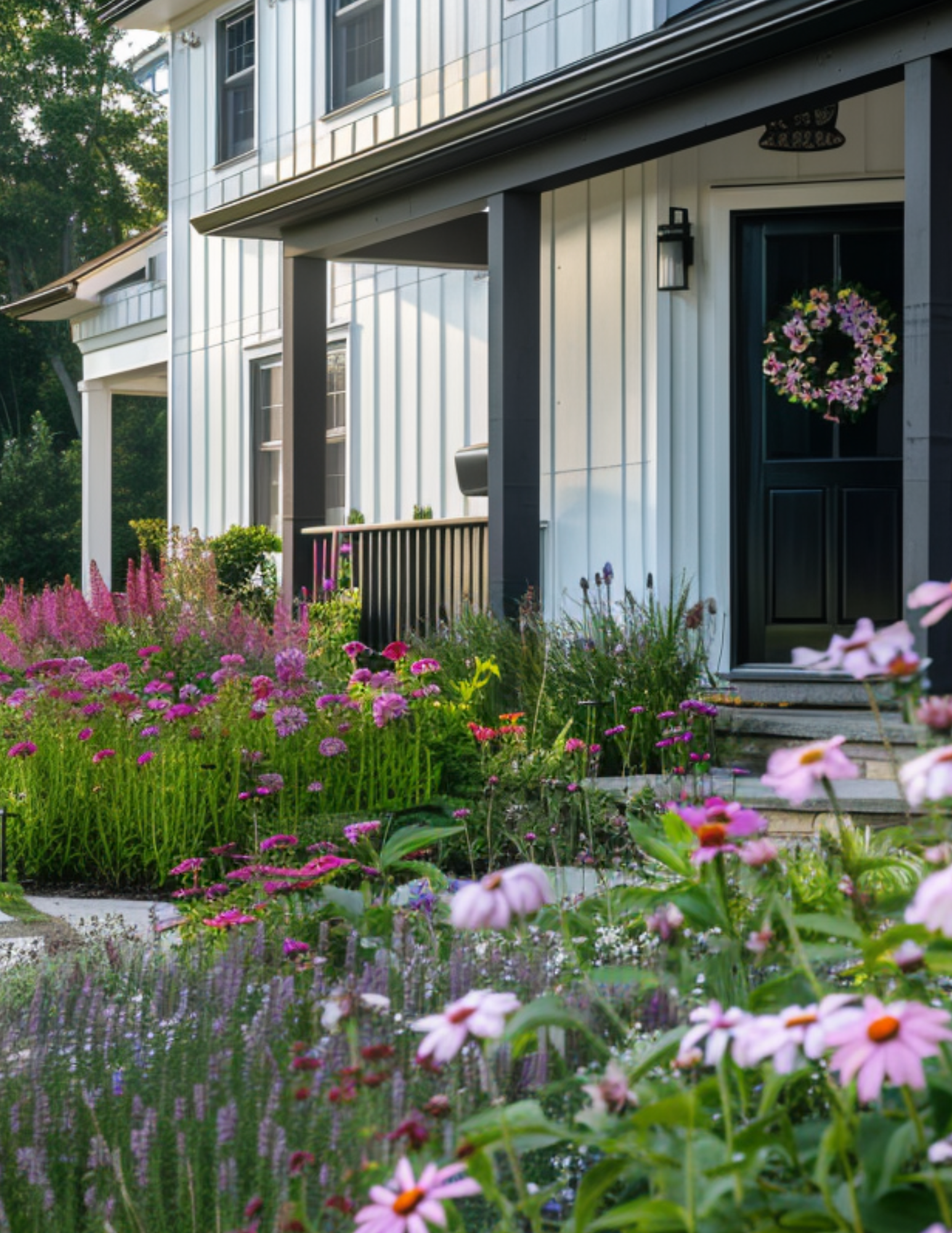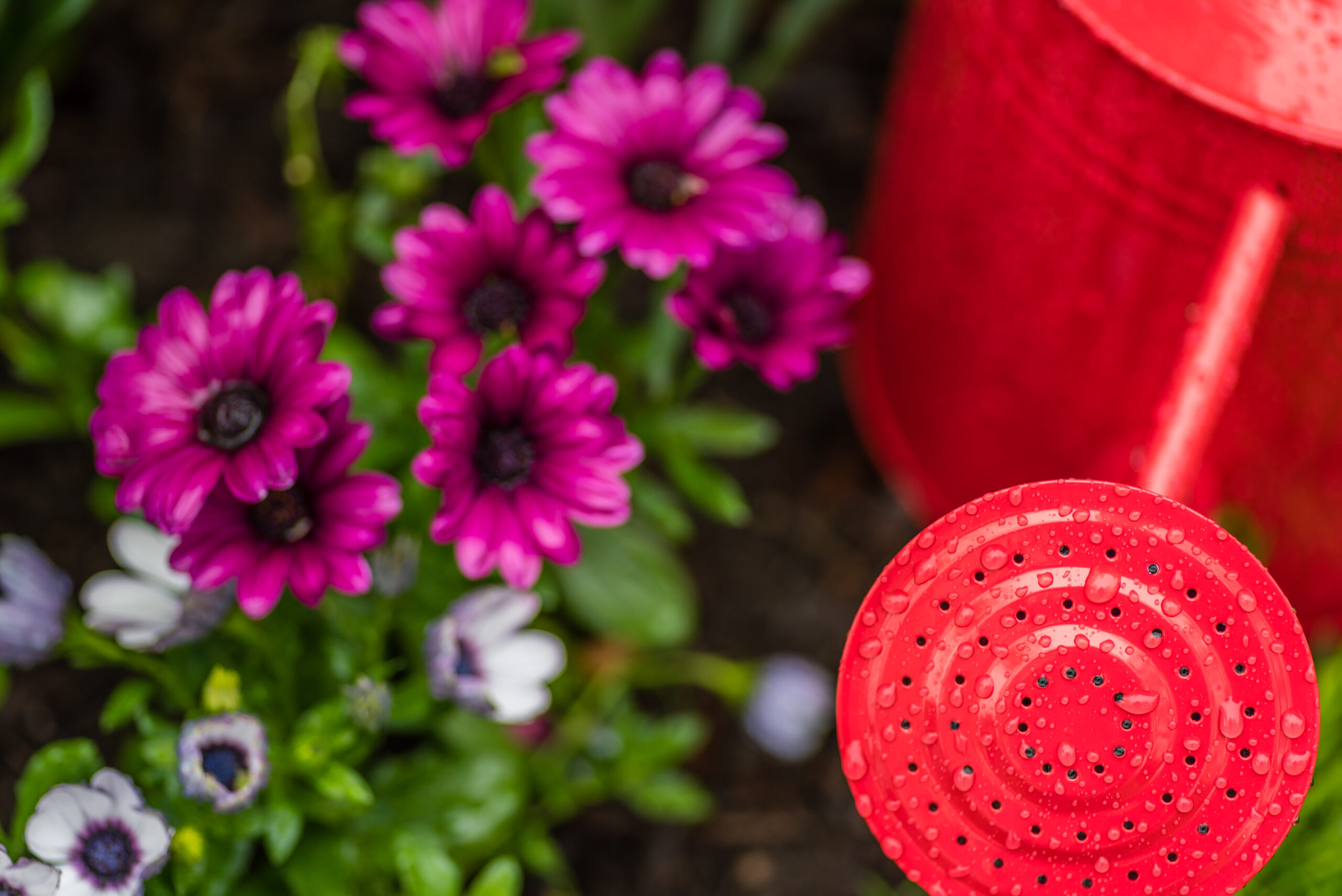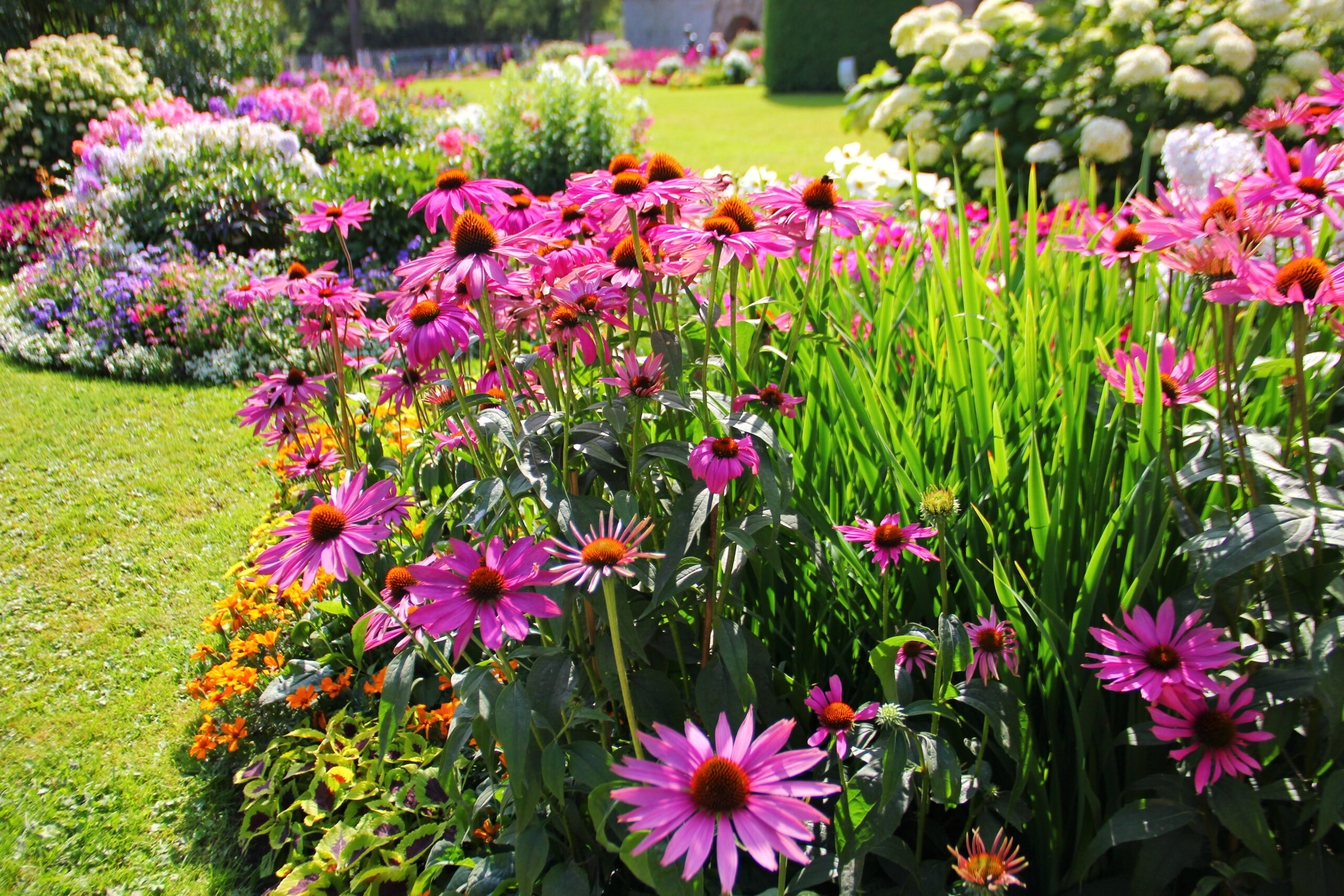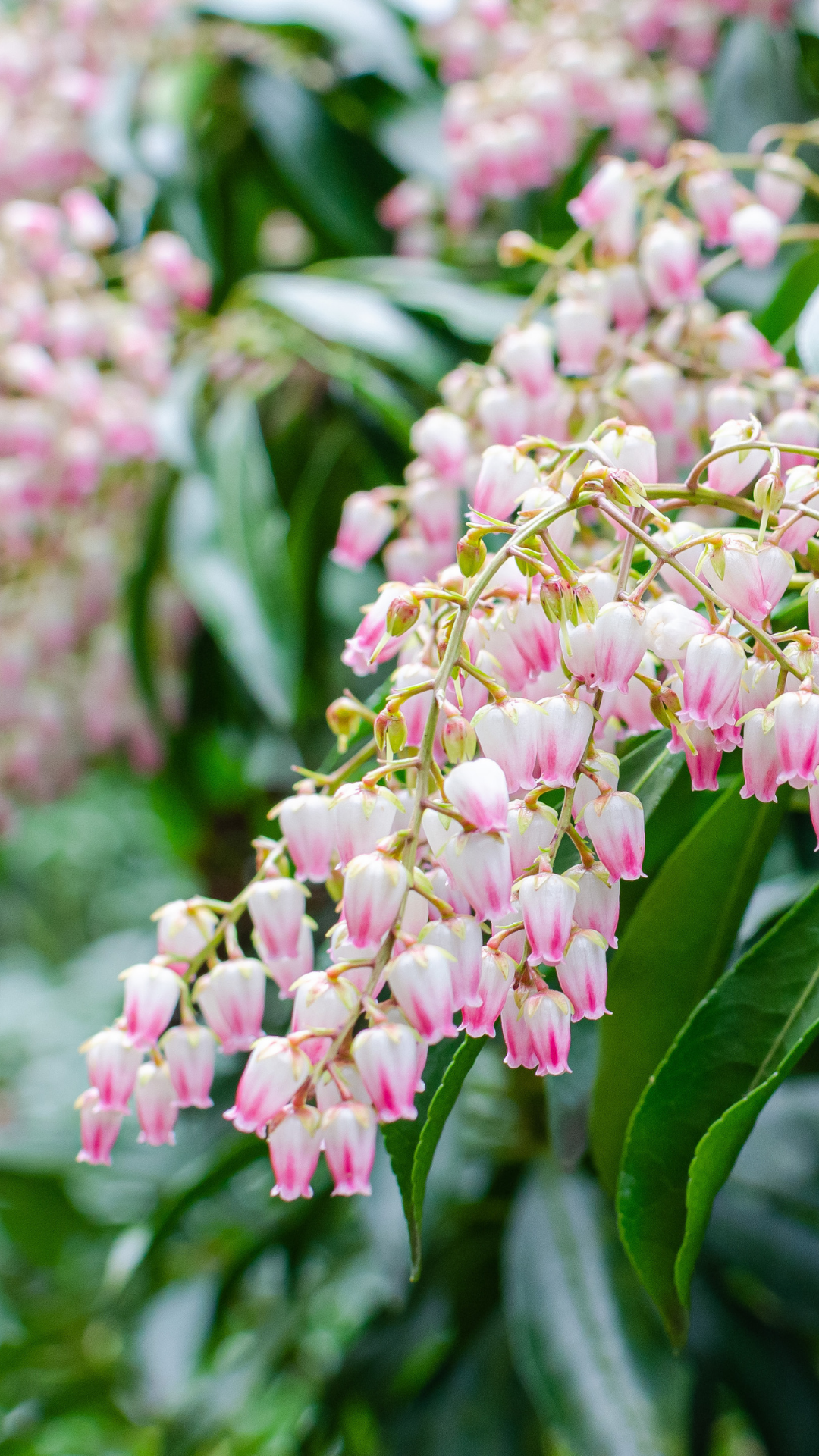When I started designing my first small garden, I made every mistake in the book — wrong plants, no structure, no clear plan, nothing thrived, and the whole thing felt more like a puzzle gone wrong than a welcoming entrance. If I could go back, I’d give myself this simple framework: seven clear steps that make small front yard garden design feel less like guesswork and more like success!
This isn’t a complicated design manual. It’s the starter guide I wish I had years ago.
👉 Want the full expanded playbook? Start with Everything You Need to Know Before Designing a Small Front Garden for the big-picture overview.
Step 1: Study the Light & Conditions
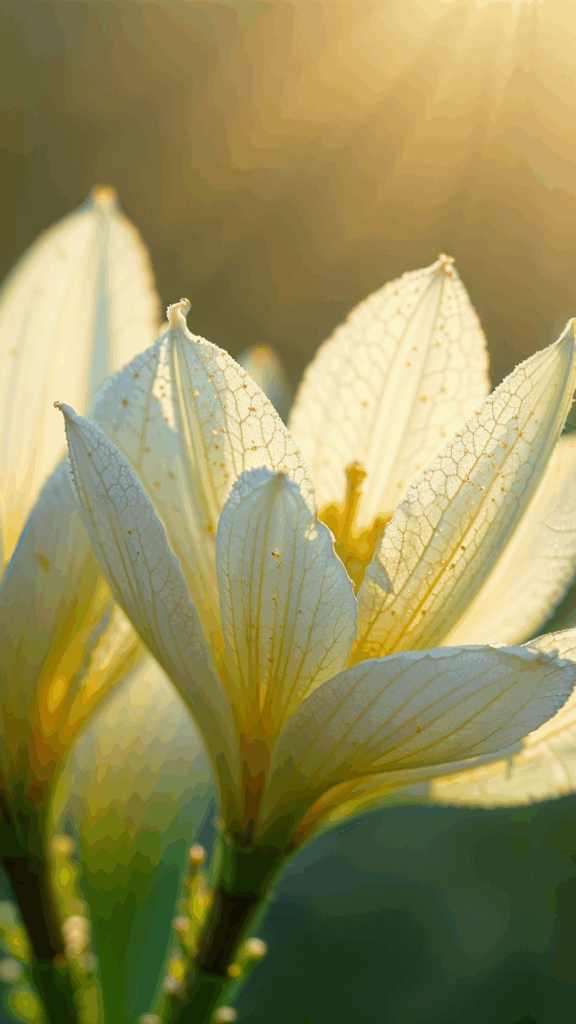
Every garden tells a story through its light. Before you pick a single plant, spend a day watching how the sun moves across your front space. Morning, noon, and evening light can look very different — and so can your garden’s mood.
-
Six to eight hours of direct sunlight is considered full sun — perfect for roses or thyme.
-
Afternoon shade by the porch? Think hydrangeas or hostas.
Try This: Snap a few photos at different times of day. It’s amazing what you’ll notice later.
🔗 Related: Plants That Bloom All Year: A Curator’s Guide to Seasonal Gardening
Step 2: Understand Your Soil
Your soil is the unsung hero (or troublemaker) of your garden. Is it sandy and dry? Clay-heavy and sticky? Somewhere in between?
A quick DIY test: squeeze a handful of moist soil. If it crumbles, you’ve got sandy soil. If it sticks, it’s clay. Somewhere in between means loam (lucky you).
Healthy soil = happy roots = a front garden that actually thrives.
🔗 Related: The Beginner’s Guide to Choosing the Right Plants for Small Gardens
Step 3: Decide on Year-Round or Seasonal Interest
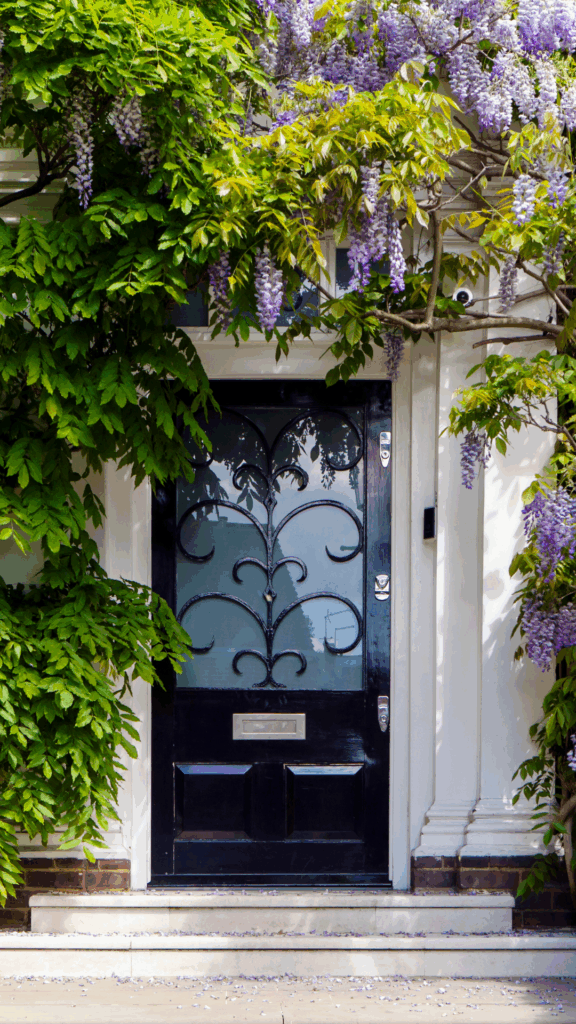
Do you want a garden that looks polished all year long, or one that bursts with seasonal fireworks?
-
Year-round: Evergreens like boxwood or dwarf conifers hold the frame.
-
Seasonal: Perennials and annuals bring the drama — think peonies, echinacea, or dahlias.
Neither choice is wrong; it’s about what fits your lifestyle and taste.
🔗 Related: 10 Evergreens for Small Gardens That Make Spaces Shine
🔗 Related: (Coming Soon) Perennial Plant Combinations for Year-Round Front Yard Color
Step 4: Know the Anatomy of a Garden
Even the smallest front gardens benefit from balance. Think of it like building a tiny orchestra:
-
Trees provide height and rhythm.
-
Shrubs are your harmony.
-
Perennials play the melody.
-
Groundcovers & Climbers add texture and surprise.
You don’t need all the instruments, but the mix is what makes the music.
🔗 Related: (Coming Soon) The Anatomy of a Small Garden: Trees, Shrubs, Perennials & More
Step 5: Choose Plants that Fit Your Style & Conditions
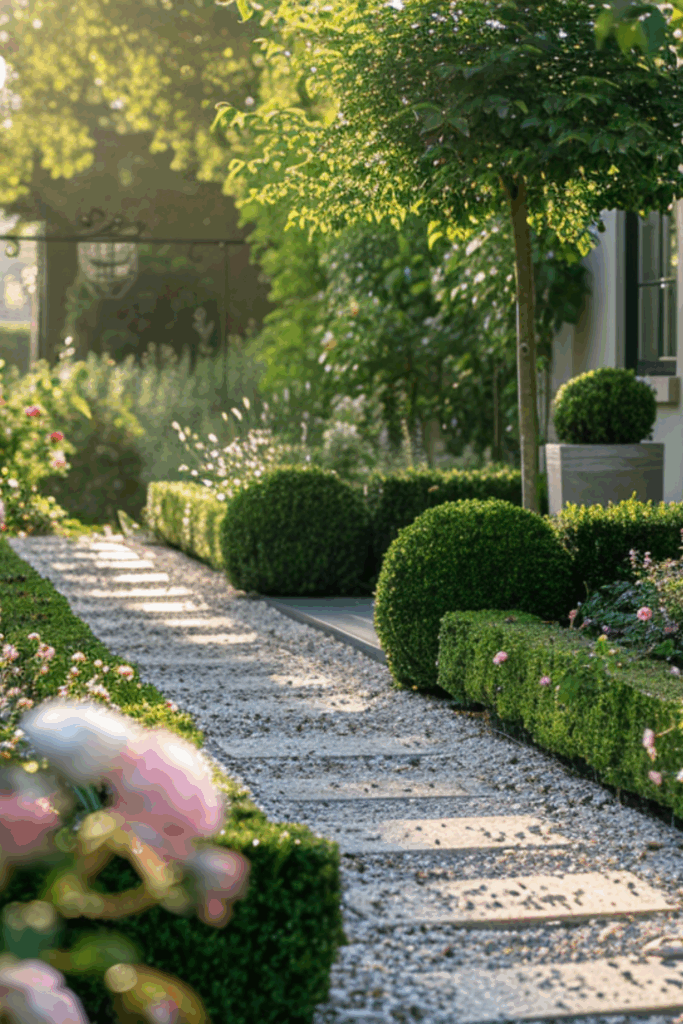
This is where your garden becomes yours. Romantic cottage charm? Hydrangeas, climbing roses, and lavender. Clean and modern? Boxwoods, grasses, and a single sculptural tree.
The trick is to match your style to your light and soil conditions.
No cheating here — the plant will always win.
🔗 Related: The Best Plants for a Small Front Entrance, According to a Stylist
🔗 Related: (Coming Soon) Flowering Shrubs That Elevate a Small Front Garden
Step 6: Map Your Space Before You Plant
Grab a notebook (or the back of an envelope) and sketch. Not art — just shapes.
-
Entry zone (walkway + porch)
-
Foundation planting (beds along the house or fence)
-
Street edge (where garden meets curb)
When every part of the space has a job, the whole garden feels intentional instead of cluttered.
💡 Pro Tip: Curves and grouped plantings guide the eye and make a small space feel larger.
🔗 Related: Everything You Need to Know Before Designing a Small Front Garden
Step 7: Commit to Care (and Keep It Simple)
The prettiest design won’t matter if it’s impossible to maintain. Be honest: do you enjoy pruning and deadheading, or do you prefer a “set it and forget it” space?
In small gardens, neglect shows quickly — but so does love. Mulch, a drip hose, and a seasonal refresh are usually all you need.
🔗 Related: Plants That Bloom All Year: A Curator’s Guide
Designing a small front garden doesn’t need to feel overwhelming. Start with the light, respect your soil, decide what kind of beauty you want, and keep things simple.
These 7 steps would’ve saved me years of frustration (and a lot of wasted money on the wrong plants). Hopefully they’ll save you, too.
And if you want to dive deeper, read Everything You Need to Know Before Designing a Small Front Garden — it’s the full expanded guide to turn your small entrance into something magical.

